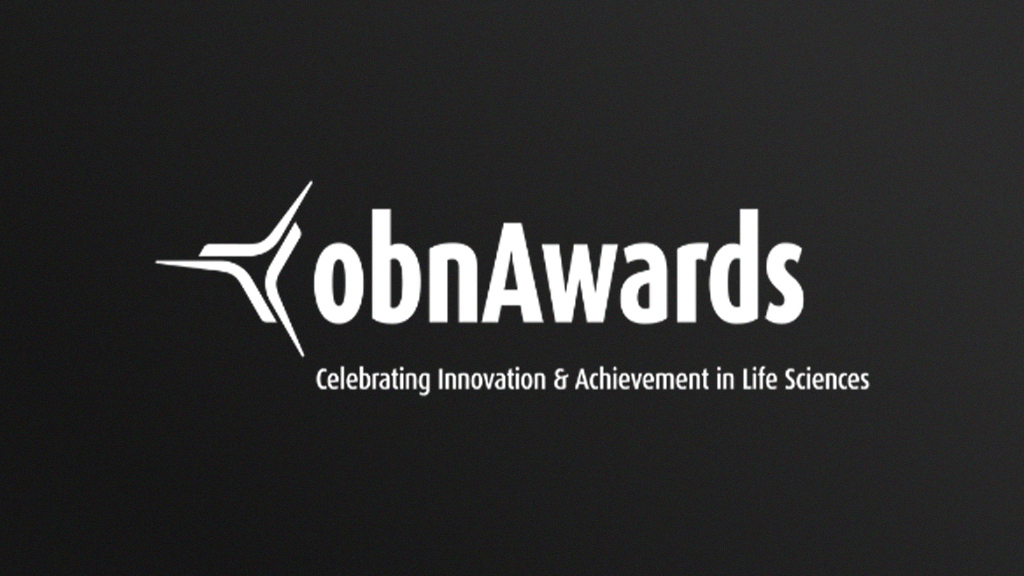As a leader in neurovascular science, Dr. Thanh Nguyen's work has had a profound impact on stroke care in the U.S. and beyond. A committed academic and a trailblazing interventional neurologist, she has been at the forefront of critical advances in the field through her involvement in many innovative and high-impact trials, including TESLA, PICASSO, SUMMIT MAX, and CLEAR.
Dr. Nguyen is a professor of neurology, neurosurgery and radiology at Boston University Chobanian and Avedisian School of Medicine, as well as director of Interventional Neuroradiology and Interventional Neurology, and attending physician in the Vascular Neurology Service, at Boston Medical Center. She is also the current president of the Society of Vascular and Interventional Neurology (SVIN).
Here, Dr. Nguyen discusses the collective effort required to advance stroke treatment, the most important developments of her career, and the critical role of AI in both clinical practice and trials.
Meet Dr. Thanh Nguyen
On what drew her to the medical field: "My initial interest in medicine was inspired by my father, a primary care physician. I saw it as a great privilege to help people, to learn and to think deeply about patient symptoms and physical signs. My path to neurology was cemented during medical school, where I was fascinated by the nervous system and the process of performing a thorough history and physical exam. Today, the most rewarding part of my role is the ability to help a patient and their family in a difficult moment, to reduce their suffering, and to provide them with the best chance for a full and independent life."

The Current Landscape of Stroke Care in the US
On the most important development in the field of neurology, and the challenges/opportunities ahead: "Over the course of my career, the most significant advancement has been the development and widespread implementation of mechanical thrombectomy to reduce disability in patients with acute stroke. This, along with other remarkable innovations like the ability to embolize aneurysms or chronic subdural hematomas without open surgery, has truly transformed our field.
However, these advances also come with challenges in the U.S., particularly around delivering complex care. The key to overcoming these hurdles lies in a collaborative approach. The advancement of our field draws from the collective strengths and knowledge that our colleagues across multiple disciplines bring. This collaboration can be achieved by encouraging a shared environment of equity and knowledge, from our joint advocacy efforts to educational outreach and research partnerships."

The Future of Stroke Care and the Role of AI
The Impact of AI
On the integration of AI in stroke care: "AI has facilitated faster decision-making in stroke treatments, particularly in centers where workflows for acute stroke may not be as rapidly streamlined. An example in the UK shows the treatment of more patients with endovascular therapy and intravenous thrombolysis within a stroke network."
AI in Clinical Trials and Imaging Endpoints
On AI imaging methodologies in clinical trials: "In clinical trials, AI can play a role in both the input and output of a study. If there is a population where one needs to target a better understanding, then AI can help to further refine the target population for inclusion (or exclusion) in a clinical trial. However, one needs to be careful to maintain appropriate imaging and clinical oversight of AI in the trial, because then the results of a clinical trial can be generalizable to a population that does not have access to the AI software.
As for clinical trial output, the results can be facilitated by AI-generated calculations to understand the phenotype of patients entering the trial (e.g., brain frailty) and to understand surrogate imaging biomarker results (e.g., final infarct volume, brain edema). Using these imaging biomarkers can help the clinician understand the population in your study, and the effect of an intervention on brain function. How does the study drug or device work? Does the study intervention reduce swelling, infarct volume, or modify the risk of intracranial hemorrhage?"
On particular challenges where AI has the most to offer: "AI can be helpful both in the selection of patients into a clinical trial and in understanding the mechanism by which a study drug or study device impacts the course of a disease. In situations where there is concern for detection of a key eligibility criteria for enrollment into a clinical trial, AI can play a role in finding these patients. For example, some clinicians consider detection of Medium Vessel Occlusion (MeVO) is difficult with CTA alone, and hence using AI to make the diagnosis may facilitate entry of a patient into a clinical trial. Furthermore, in situations where an investigator wants to know if their study drug or intervention could help change the course of a disease, then in combination with clinical endpoints, AI-generated quantification of imaging biomarkers in a Phase I or Phase II trial can help support use, refine use, or refute continuation of the study intervention to a Phase III trial."
Advice for Young Professionals
On advice for young professionals, especially women: "It is important to build your foundation and medicine basics broadly, as learning this knowledge base will help one be a better clinician for the patient. Keeping a positive mentality, developing your interests and learning will go a long way to making the journey more interesting and easier to embrace. Be kind to yourself. Medicine has long hours—but remember to find work-life balance so you are refueled to take on the next challenge, no matter how small or big each day."
Stay tuned for more editions of Stroke Visionaries - Women at the Forefront.















